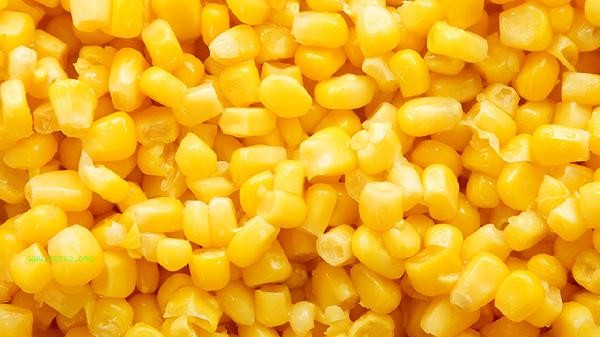Adding salt to boiled corn makes it sweeter because salt can promote the release of sugar in corn and enhance taste perception of sweetness. This phenomenon is mainly related to osmotic pressure, sodium ion activation of taste buds, improved starch conversion efficiency, synergistic effects of flavor compounds, and acid-base balance regulation.

1. Osmotic pressure effect
The sodium and chloride ions formed after salt dissolution can change the osmotic pressure of water, promoting the relaxation of the structure of corn cell walls. After the increase in cell membrane permeability, the free sugars encapsulated inside corn are more likely to precipitate into water, resulting in a simultaneous increase in the concentration of sweet substances in the soup and corn kernels. This physical change accelerates in a boiling water environment.
2. Taste bud activation
Sodium ions can bind to special receptors on the surface of taste bud cells in the tongue, temporarily enhancing sensitivity to sweet taste signals. This physiological mechanism is similar to using salt to stimulate the sweetness of watermelon. Low concentrations of salt suppress bitter taste receptors, amplifying the perception of sweetness. The actual sugar content remains unchanged, but the taste experience is more pronounced.
3. Starch Conversion
Weak alkaline saline environment can activate the activity of amylase in corn, accelerating the decomposition of starch into reducing sugars such as maltose. The experiment showed that the conversion efficiency was optimal when the salt concentration was between 0.5% and 1%, which is consistent with the salt dosage used in traditional corn cooking. This process is similar to the saccharification process used in making canned sweet corn.

4. Flavor synergy
Sodium chloride can form complexes with aromatic compounds in corn, reducing the loss of volatile flavor compounds. Salt can also inhibit the dissolution of bitter substances such as tannins, highlighting the main sweetness through flavor balance. This effect is particularly significant in glutinous corn varieties.
5. Acid base regulation
Salt can neutralize organic acid components in corn cells and adjust the pH value to the weakly acidic range of 6.2-6.5. This environment not only protects nutrients such as vitamin B1, but also promotes the formation of more stable cyclic structures of fructose and glucose, delaying sugar degradation at high temperatures.

It is recommended to choose fresh corn with leaves for cooking, as the leaves can lock in moisture and avoid excessive salt concentration. Control the amount of salt added to 3-5 grams per liter of water. After boiling, reduce the heat and simmer for 15 minutes to fully convert the sugar content. Patients with diabetes should pay attention to that this method will increase the glycemic index, which can be matched with vegetables rich in dietary fiber to balance the postprandial blood sugar. When refrigerated cooked corn is reheated, a small amount of salt can restore some of its sweet taste.








Comments (0)
Leave a Comment
No comments yet
Be the first to share your thoughts!